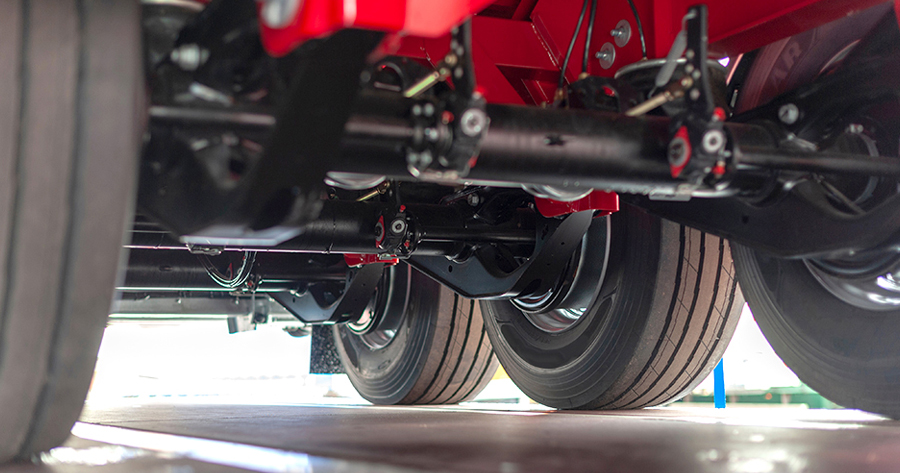No products in the cart.
Trailer Accessories
Understanding Trailer Suspension Systems: Components and Benefits
A trailer’s suspension system is crucial to its performance, safety, and overall functionality. It acts as a shock absorber between the trailer and the road, ensuring a smooth ride, enhancing stability, and protecting both the trailer and its cargo. Understanding the key components of a trailer suspension system and their roles can help you maintain optimal performance and safety. Let’s dive into the essentials of trailer suspension systems.
Key Components of Trailer Suspension Systems
1. Springs
Springs are the core of any suspension system, designed to absorb and dampen shocks from the road. There are several types of springs used in trailer suspensions:
- Leaf Springs: These are the most common in trailers, consisting of multiple layers of steel that provide strong support and durability. They are known for their robustness and ability to handle heavy loads.
- Air Springs: Air springs use compressed air to support the trailer’s weight and absorb shocks. They offer a smoother ride and adjustable load support, which is beneficial for varying loads and road conditions.
- Torsion Springs: These springs use a torsion bar to provide support and absorb road impacts. They are known for their low maintenance and smooth ride.
2. Shock Absorbers
Shock absorbers work in conjunction with springs to control the rate of rebound and compression. They help in minimizing the bouncing and swaying of the trailer, providing a more stable ride and reducing wear and tear on the trailer and its cargo.
3. Axles
The axle connects the trailer’s wheels and supports the weight of the trailer. Axles are essential for stability and load distribution. They come in different configurations, such as:
- Single Axle: Found on smaller trailers, providing basic support.
- Tandem Axle: Common in larger trailers, offering better load distribution and stability.
4. U-Bolts and Mounting Brackets
U-bolts and mounting brackets secure the suspension components to the trailer’s frame. U-bolts wrap around the axle and attach to the leaf springs, while mounting brackets hold the shock absorbers and other components in place. Proper installation and maintenance of these parts are crucial for maintaining suspension integrity.
5. Bushings and Mounts
Bushings and mounts are used to connect the suspension components to the trailer’s frame and axle. They reduce vibration and noise, ensuring a smoother ride and a longer-lasting suspension system.
Benefits of a Well-Maintained Suspension System
1. Improved Ride Quality
A well-functioning suspension system significantly enhances the ride quality of a trailer. It absorbs road shocks and vibrations, providing a smoother experience for both the driver and the cargo.
2. Enhanced Stability and Safety
Proper suspension systems improve the stability of the trailer, especially when carrying heavy or uneven loads. They help prevent swaying and bouncing, which can lead to dangerous driving conditions.
3. Better Load Distribution
A well-designed suspension system ensures even load distribution across the trailer’s axle(s). This helps in maintaining balanced weight distribution, preventing excessive wear on specific components, and enhancing overall handling.
4. Reduced Wear and Tear
By absorbing shocks and vibrations, the suspension system reduces the stress placed on the trailer’s frame, axle, and wheels. This minimizes wear and tear on these critical components, leading to longer service life and fewer repairs.
5. Enhanced Durability
Quality suspension components, when properly maintained, can withstand harsh road conditions and heavy loads. This durability ensures that the trailer performs reliably over time, reducing the need for frequent replacements and repairs.
For high-quality trailer parts and expert advice on suspension systems, trust us as your go-to source. We are committed to providing reliable and durable components that keep your trailer running smoothly and safely, ensuring peace of mind while you’re on the road.

